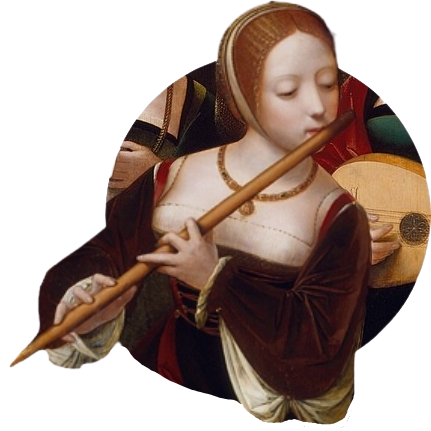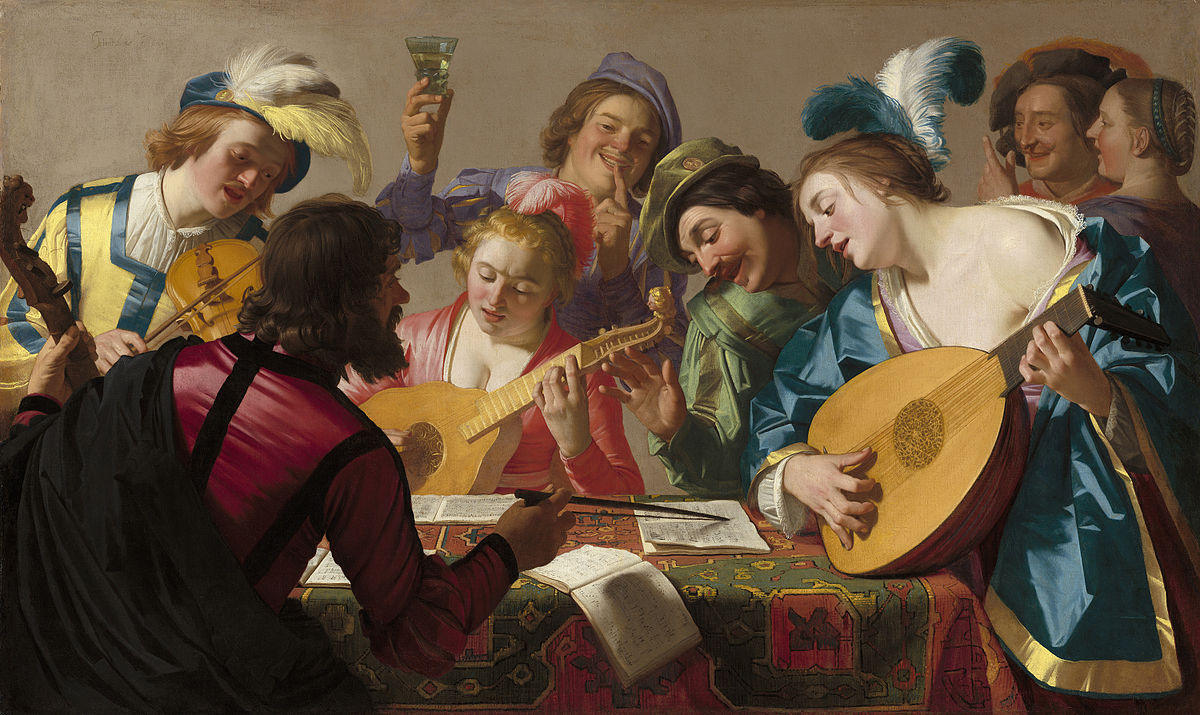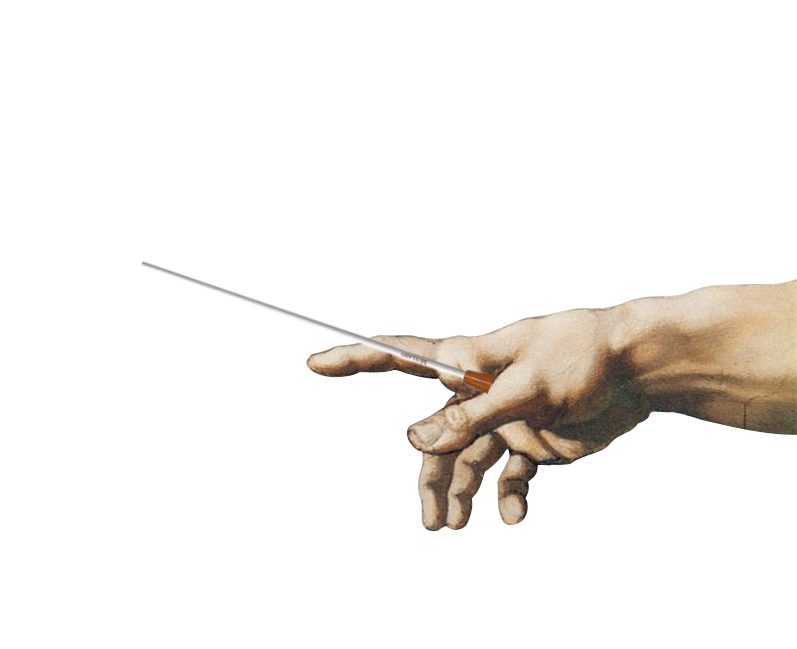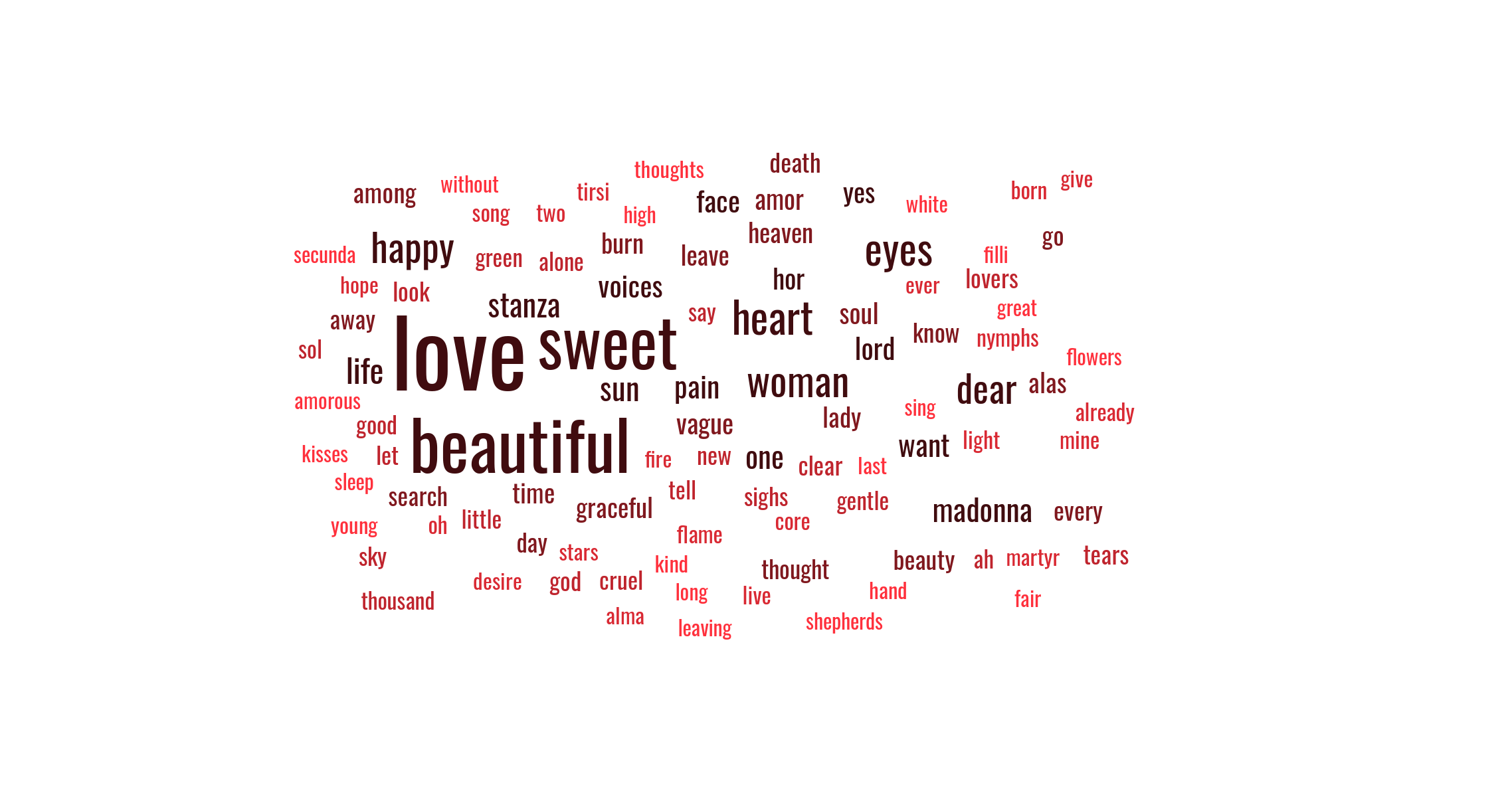TIP: Navigate with the mouse over the paintings and let them recount their music. They’ve been silent for soooo long!

madrigal (noun)
ˈma-dri-gəl
A genre of musical composition, extremely popular in the 16th-17th century, especially in Italy and England, for voice ensemble or solo voice and instruments. Its distinguishing feature is word-painting (madrigalism): the expression, through the means of music, of the lyrics’ affects and meaning.
What is a madrigal?
This non-religious (secular) music form became so popular that composers from all over Europe contributed to it. Then, other musical genres evolved and surpassed the madrigal after the XVIIth century. However, it had a second life between 1800 and 1900, when new authors experimented with these compositions. It is nowadays a niche genre, appreciated by a group of Renaissance music lovers but mostly unknown to the wider public.
Why Giving Voice To Madrigals?
As lyrics by the most influential Italian poets were set to music and played at courts for people's entertainment during the 16th-17th centuries, we want to introduce users to madrigals through direct listening to some of the most famous songs, "giving them a voice" interpreted by the protagonists of some Renaissance paintings. As during Reinassence words’ meaning was amplified by the power of these musical compositions, Giving voice to Madrigals is an attempt to draw attention to this musical genre, nowadays nearly forgotten by the vast public, through a visual data journey.
The project workflow was divided into distinct phases: data cleaning and access, where data from the original database were both automatically and manually enriched; data analysis, where some patterns were revealed and introduced in the data visualisation process, and at last described in the digital storytelling phase. Our analysis, as well as our findings, are confined to our data.
The Data
Starting with the British Library History of Printed Music dataset, we investigated the musical genre of the 16th-century madrigal, limiting the field of action to the years 1501-1678, from various perspectives: to answer the question Who? and furthermore, When?, we focused on the composers and publishers, also addressing Where? they operated. Finally, to inquire on What? we examined the texts' themes and content. The initial dataset has been cleaned, reorganised, and enhanced with Wikidata data. The process is documented in our Jupyter notebook.
























Composers
Starting with the composers of madrigals extracted from the dataset of the British Library, we enriched the list with one more composer extracted from Wikidata, to which we integrated metadata also from Wikidata. This study about composers involves only those present in Wikidata: 245 out of the 369 present in the BL dataset.
Who are these composers? Where do they come from? Who is the most prolific madrigal composer?
From the British Library dataset, we extracted 665 records of madrigal collections published before 1678. We got to thinking about publishers.
Where are they and can we discover some European or Italian centers of publication for madrigals?
Publishers
Texts/Voices
From a list of madrigal titles, we wanted to delve deeper and discover some tendencies:
Which words are the most used, thus determining some recurring themes in the texts?
Furthermore, the madrigal is a musical genre involving voice ensembles, but which voices are we talking about? Do composers favor a vocal formation over others?
Did you know...

In a time when women almost never held such positions, Katharina Gerlachin owned and ran a major printing and publishing house, founded in 1542 by her husband Johann vom Berg and his colleague Ulrich Neuber, from 1564 until her death in 1592.
Only three are the female composers detected by our study: the Tuscan Maddalena Casulana (1544-1599), known as the first published woman composer in western history; Vittoria Aleotti (1575-1620), a musician, composer and nun from Ferrara; last but not the least, Barbara Strozzi (1619-1677), whose profound impact on the history of music is still relevant today.
Adriano Banchieri was the author of the extraordinary and unique Contrappunto bestiale alla mente, in Festino nella sera del giovedì grasso avanti cena (1608). A hearing experience that cannot be missed! Scroll up and listen to the painting Concert in the Egg.
The two most prolific madrigal publishers, i.e. the Gardano family and Bartholomeo Magni were anything but rivals? Indeed, they were tightly interconnected, as Diamante Gardano, Angelo’s daughter and heiress, married Bartholomeo: together, they led the business for the whole 17th century, in parallel publishing with either of the two dynasties’ names.
Luca Marenzio, the most prolific madrigal publisher of the 16th-17th centuries, died at the early age of 44. In this rather brief time, he nevertheless brought the madrigal genre from its initial polyphonic asset to the avantgarde declamatory style, exploring new poems as source for inspiration, such as Guarini, Sannazaro and Tasso.
So what did we understand from our research?
Most madrigal composers came from Italy. This musical genre was born in Italy and spread mostly from the Italian printing presses to reach the rest of Europe.
The most important printing center was Venice, which produced 70% of the publications of that time. Among the publishers, the most prolific one for madrigals was Angelo Gardano.
The most recurring themes for madrigals are love and death, as is the case in most lyrical compositions from Baroque music to nowadays. However, unlike in most classical operas, love wins over death! “Love” is the most used keyword, in 490 titles, while “Death” totals 54 entries.
The beginning of the period started with a preference for 4 voices madrigals, which faded away in profit of more numerous voices (5 and 6). In the most prolific decade, from 1580 to 1589, composers chose to compose mostly for 5 voices, all equal (in the sense that no voice is the principal one and others merely accompaniment).
Pop Madrigals
If you liked the musics sung by our friends in the paintings, keep discovering them in this spotify playlist that we highly recommend.
Furthermore, as a bonus related to our study, below there is a little treat for contemporary madrigal lovers…
(Music and video by jimlapbap)




